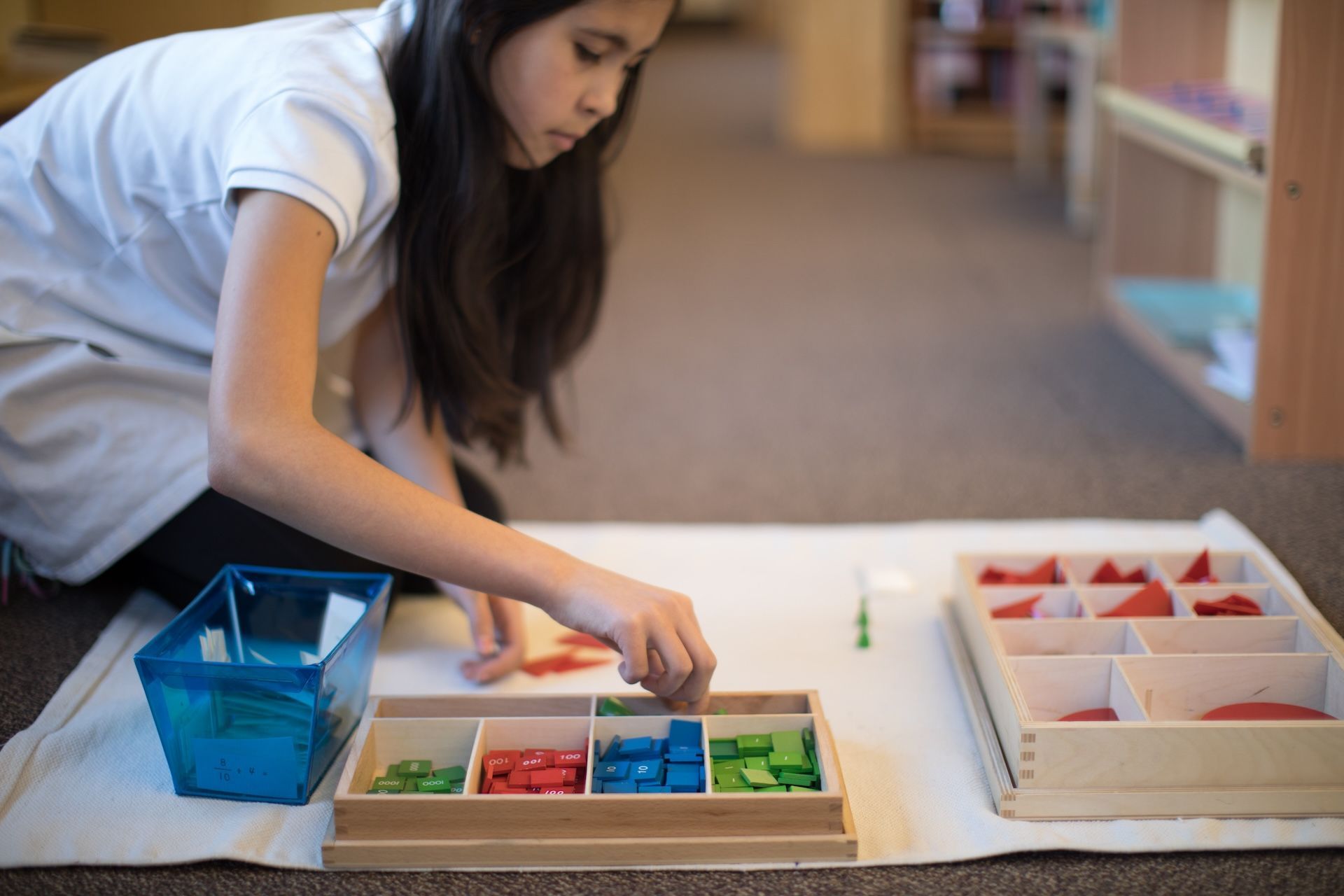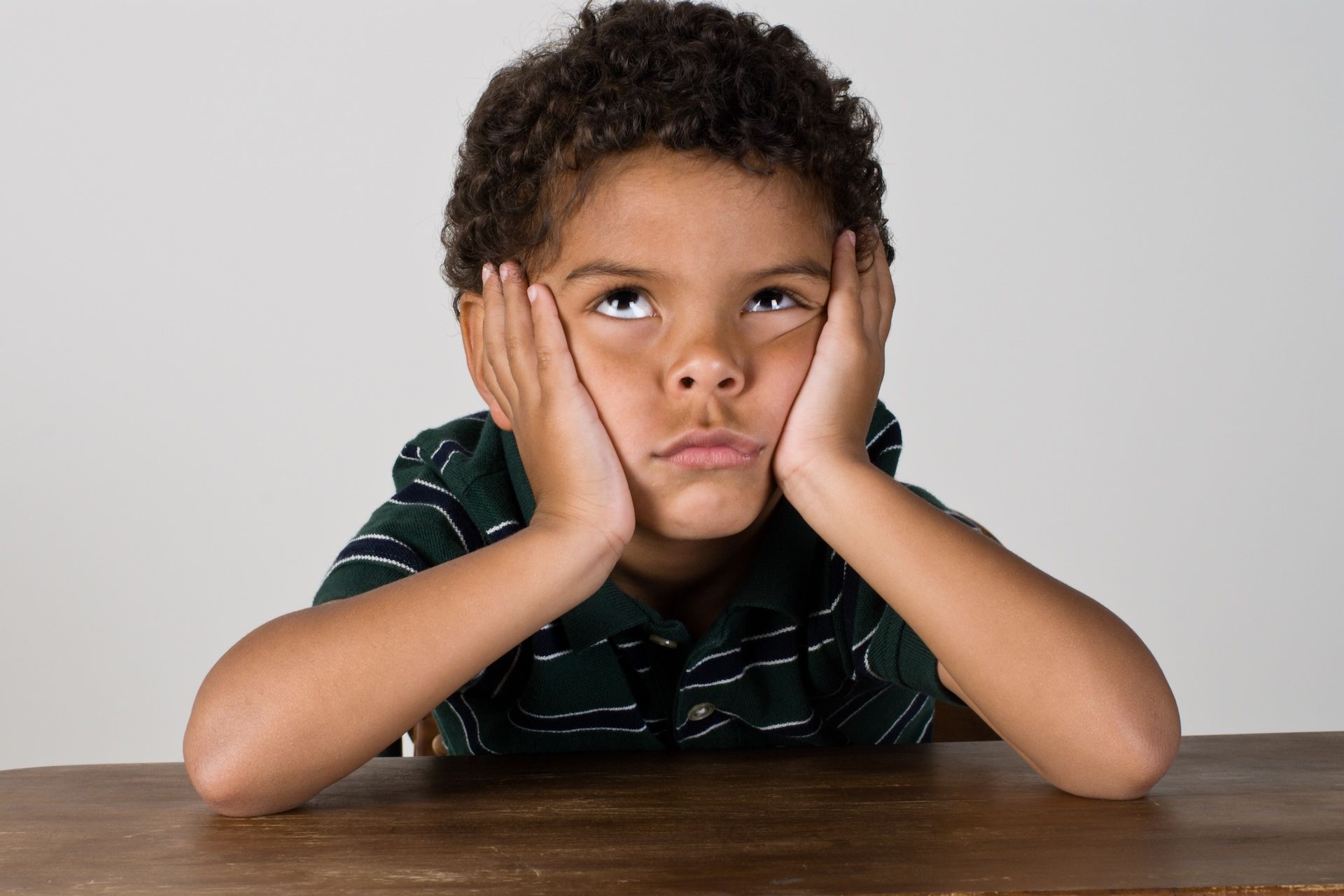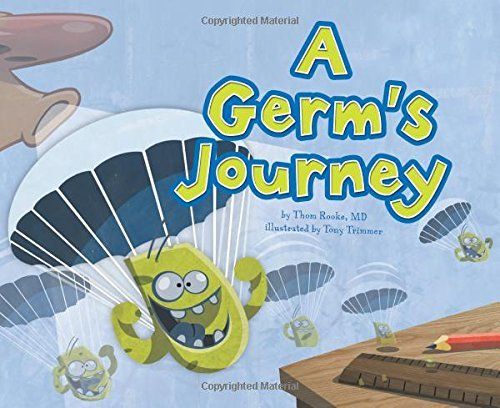


To our dear families, we are sending out our love and support during this challenging time. We know you are stuck at home, but we hope you have found some beautiful moments or ways to make it work. In lieu of our regular book list this month, we created one that may be helpful in this unique situation. The list consists of two parts: books that may be helpful in content if you are so inclined to order them online and prefer physical books, and sources for ebooks for children.
Books About Health and Viruses
by Elizabeth Verdick, illustrated by Marieka Heinlen
Perfect for toddlers and preschoolers, Germs Are Not for Sharing has simple text and clear illustrations that teach and remind little ones what they should do when they are sick. For example, “Cough, cough, cough! What do you need to do? Turn your head away. Cough into your sleeve.”
by Thom Rooke M.D., illustrated by Anthony Phillip Trimmer
Ideal for lower elementary-aged children, Trimmer’s mischievous-looking green germ character, combined with Rooke’s clear explanations give kids a better sense of how we spread germs to one another and what they do in our bodies. Perfect for giving information to children who are curious to learn more about why we are self-isolating and how our immune systems work to protect our bodies, this book couldn’t be more timely.

Microbiology: It’s a Small World!
By Simon Basher, illustrated by Dan Green
For the science lovers: Basher’s book gets into descriptions of various microbes. Striking drawings will appeal to kids, as will more information than they will find in a typical storybook. From the first discoveries of bacteria, to how our bodies defend themselves against germs, and facts about a variety of microbes, there is plenty of fascinating information to satisfy curious kids.
Books About Emotions and Compassion
by Patrice Karst, illustrated by Joanne Lew-Vriethoff
Our children are undoubtedly missing friends and family. We can help them remember the unwavering connections of love with this sweet book. When two children are frightened by a thunderstorm and unsure about their mother’s request that they return to bed, she teaches them about the invisible strings that connect us all.
Have You Filled Your Bucket Today? A Guide to Daily Happiness for Kids
by Carol McCloud, illustrated by David Messing
While this book was written with children in mind, the message is for everyone. Even the most peaceful of families is likely getting a little stir-crazy right about now. Learn how to fill your bucket and how you can help others with their own. It’s helpful to stop and remember that our thoughts and actions can have profound effects on ourselves and those around us.
by Annette LeBox, illustrated by Stephanie Graegin
Peace Is An Offering blends beautiful illustrations with an even more beautiful message. The book reminds children that even small acts of kindness make a really big difference in the lives of those around us. It does touch on tragedy without being overly graphic or upsetting. For example, there is mention of needing a home, towers falling, and losing a loved one. We recommend watching a video of the book being read aloud in YouTube if you unsure whether the story would be right for your child.
Free Ebook Sources for Children
hoopla | streaming audiobooks, music, video & ebooks
Hoopla runs in connection with public libraries. Check with your local library to see if you have access. (Bonus: There’s plenty of great titles for adults as well!)
Amazon’s Top 100 Free Kindle Books
This list is updated each hour to reflect the most popular books downloaded by users. You may be surprised by what you can find at no cost!
International Children’s Digital Library
This site contains thousands of titles in a multitude of languages. Readers get to look at high-quality scans of actual books pages, which can be a refreshing treat when it comes to ebooks.
Barnes & Noble Free eBooks for Kids
The store boasts more than 5000 titles geared toward a range of ages. Another added benefit is the ability to sort through various categories of interest, so you’re not just scrolling through a muddle of books that won’t interest you child.
As always, we love to hear your feedback. Whether you end up checking out one of the recommendations and want to share your thoughts, or if you have another book or resource you think the families of our community would appreciate, please feel free to reach out.
Happy reading!


We invite you to visit our school, meet the teachers, and observe the children in their classrooms. We encourage you to ask questions and learn about the opportunities available at all levels of our programs.
LakeCreek Montessori International School
10127 Lake Creek Parkway, Austin, Texas, 78729
Powered by Nido Marketing